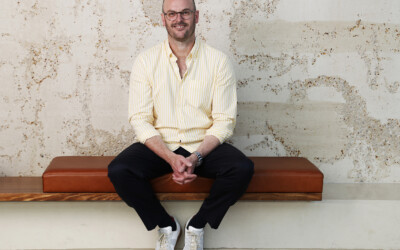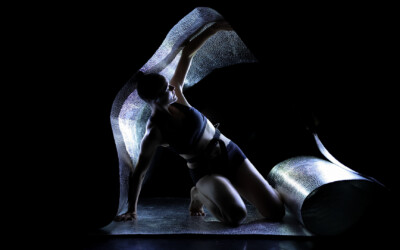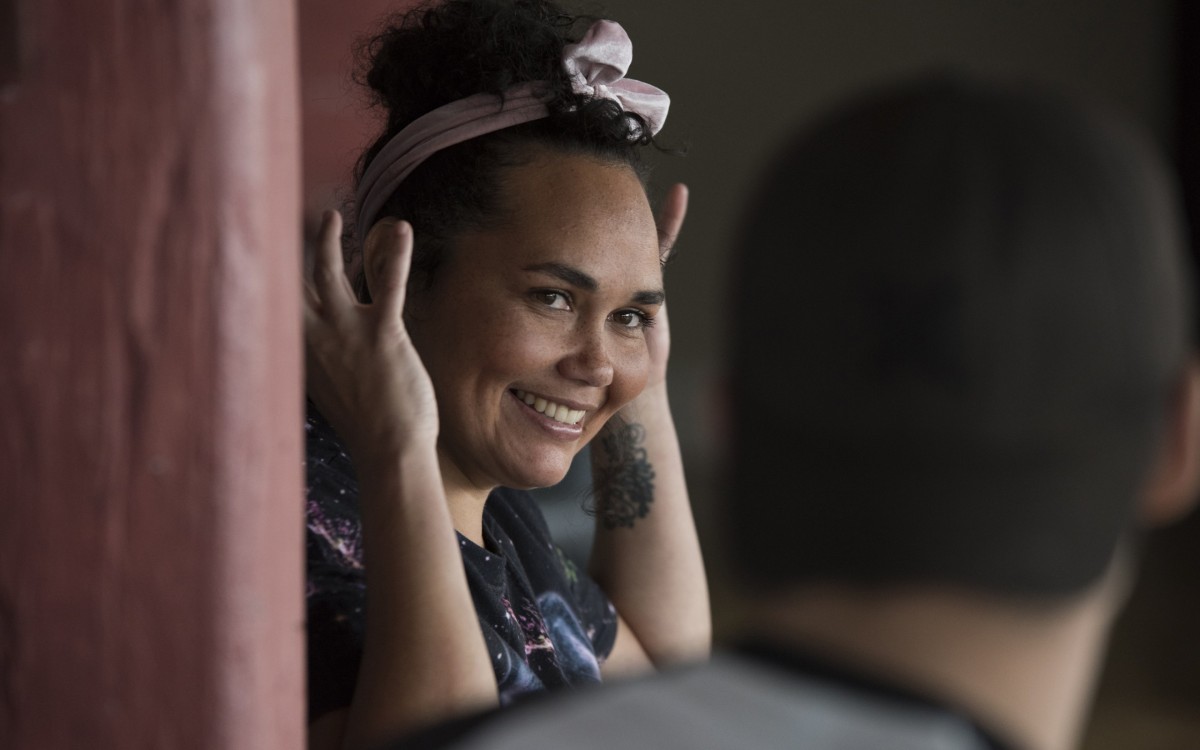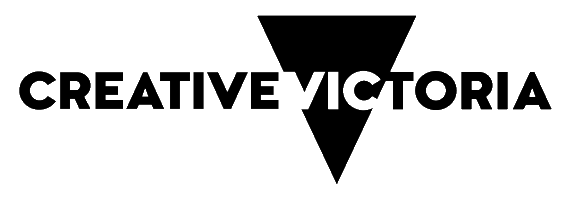Over the past few months, thanks to the support of the NSW Government through Create NSW’s Rescue Restart program, we were able to kick off a series of developments with a cross-section of talented and inquisitive NSW-based artists. We recently spoke to Arjunan Puveendran, a musician trained in South Indian vocals and percussion, as he reflected on the process of developing his new work Mriytu between the 9th and 13th of June:
You have a long history in Carnatic music but recently you’ve also been collaborating in the theatre and festival space on a number of cross-cultural projects. Can you tell us a bit about your current practice?
My passion lies in exploring the place of Carnatic music and Bharata Natyam dance which originally hail from South India, in contemporary Australian society. Whilst trained as a Carnatic vocalist and percussionist, I look for opportunities to position and recontextualise these art forms in other mediums. I still engage in conventional presentations of Carnatic music. In recent times however, my practice has been focused on exploring diverse ways of sharing these arts and associated traditions by collaborating with musicians, dancers, theatremakers and storytellers including cross-culturally. The projects are often underpinned by a conceptual framework, such as the exploration of parallels between our treatment of women and of the Earth.











